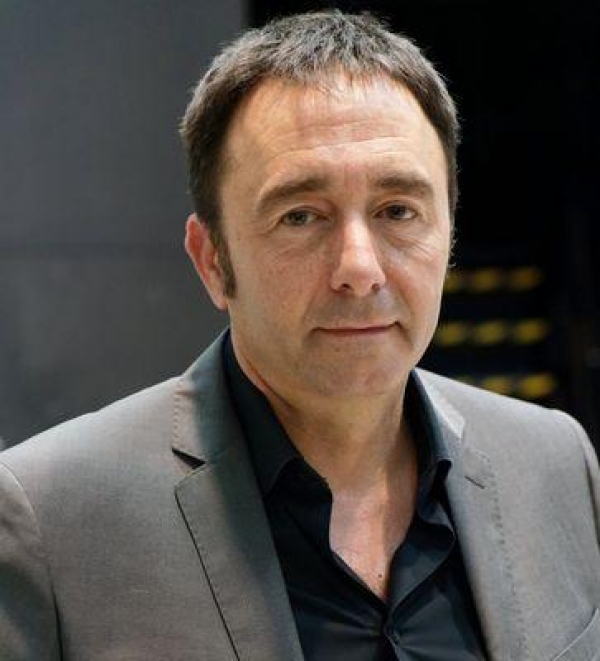Read the interview with Nicolas Damiani Airbus Helicopters: the route to the digital twin
Nicolas, what is your role at Airbus Helicopters today?
“As an expert in digitalization and simulation, I have quite a few roles. I have to keep on eye on the standards and the overall simulation architecture. I also support various project teams when needed. Basically, I try to make sure that our overall work in simulation results in a successful product — delivering our helicopters on time and within budget and quality requirements. “
What do you think you’ll be focusing on the next 5 years?
“My job is critical considering the enormous complexity of helicopter development. There are still an enormous amount of bad surprises or things that can go wrong. Today, you can’t fly without simulation: at the modeling stage, the pilot-in-the-loop stage, the prototyping stage, the validation stage, the flight simulation and the training stage. Simulation is critical to the entire development chain and my main concern in the next years will be to support more and more engineers to jump into this new digital way of designing helicopters .”
Are there specific areas that you are focusing on?
“Of course, like other industries, we focus on fuel efficiency. In our development process, this happens at a very early stage during the modeling of the hydraulic, fuel and electric sub-systems using Simcenter Amesim. To give an example, the actual model physics, be it the pressure or the pump action, are validated in Simcenter Amesim. With this type of validation so early in the process, you can start to answer bigger questions like fuel efficiency using simulation in a predictive fashion. Our system solution for fuel efficiency that we developed with Simcenter Amesim and Simcenter Engineering is certainly beginning to bear fruit .
More generally, interactions between physical systems (fuel, hydraulics, aerodynamics, electrics, thermic, vibrations) and our avionics systems (embedded software) are requesting multi-disciplinary skills. The Simcenter tool suite is of great help to support our capacity to vertical lift solutions. “
What does the future of helicopter aviation look like?
“Lots of technology, but as experts, it is up to us to make the right choices. There is a lot of technology out there and we need to be vigilant, filter and make the right choices as experts when it comes to smart technology and artificial intelligence.
There is a side of smart technology where it becomes artificial intelligence and where machines will really be able to learn behavior. This cannot be taken lightly. Once we open that door, there is no going back. “
Want to find out how Airbus Helicopters has reduced the fuel system design cycle by a year? Download this case study and watch this video:
 Deutsch (Deutschland)
Deutsch (Deutschland)  English (UK)
English (UK) 


